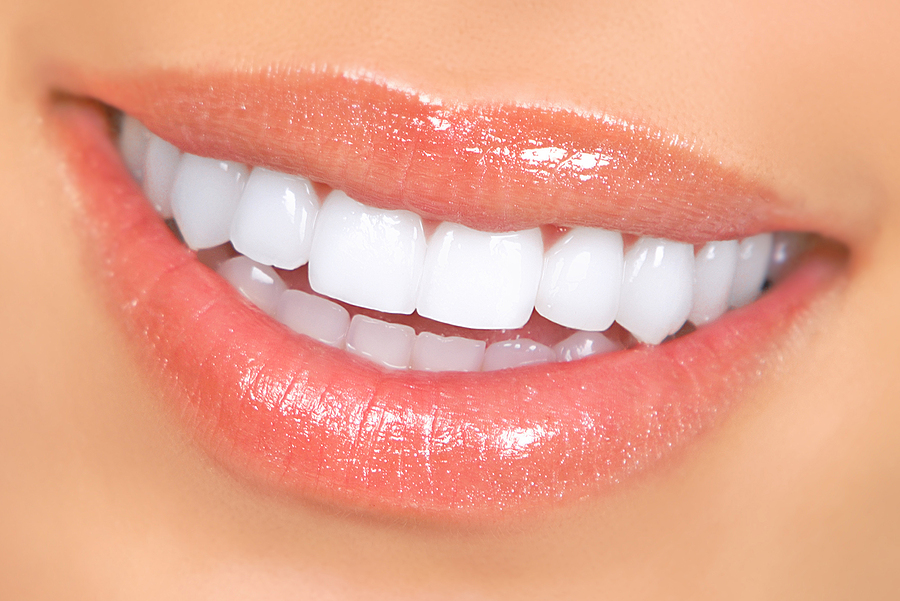Losing adult teeth can be quite dreadful, it’s nothing like losing our teeth when we were kids. Back then, whenever we felt a loose tooth, all we wanted was for the tooth to fall so badly, so that the tooth fairy could pay us a visit and leave us some coins under the pillow. Now that we’re older, losing a tooth can be a horrific event; the tooth’s never coming back! Your teeth can fall out because of aging, decay, diabetes, or gum disease; you can even trip or fall and boom, a lost tooth or two. There’s no need to panic just yet, because if you follow the right set of steps and seek professional dental care, you can mitigate any damage, restore or replace missing teeth, and prevent long-term problems.
Handling the Tooth When It Falls Out
The first thing to do when you lose a tooth is to act quickly. Refer to the following guide for proper handling of your tooth:
- Find the tooth that fell out. Try to only touch the upper crown part and handle it with extra care and rinse it off.
- When rinsing the tooth, avoid soap or other chemicals. You can gently rinse it off using milk, water, or saline solution.
- To reduce the pain and bleeding of your gums, rinse your mouth with warm water.
- After rinsing both your mouth and your fallen tooth, the next thing to do is to reinsert your tooth back into its socket. This may seem odd but your saliva will naturally preserve the tooth better than any solution.
- By putting the tooth back in place, not only are you protecting your tooth’s roots, but you can also prepare your body to have the tooth implanted again by your periodontist.
If you leave a tooth socket empty, your gums can be infected, and the surrounding tooth may shift to adjust to the missing space. Needless to say, you shouldn’t eat or drink in the meantime.
Going to the Dentist
This first step of preserving the tooth does not replace any other steps, it just prepares you for anything your dentist will do next. Hence, you should visit a dentist as soon as you can, even if you did a great job at reinserting your tooth back into the empty socket, and even if it didn’t fall out again. If the lost tooth is a result of an accident or is occupied by an injury, you should go to the ER and get a checkup. If there are no injuries or any issues that require immediate medical attention, you should go to a dental office. The sooner you get to the dentist, the greater the chances of success of any treatment. Generally, there are three types of treatments or procedures when you lose a tooth: dental bridge, dental implant, or a denture.
Dental Bridge
A dental bridge consists of metal or porcelain crowns that are placed on the anchoring teeth beside your missing tooth. The process of getting a dental bridge involves removing parts of the surrounding teeth’ enamel to make room for the crown, and preparing the abutment because the crown will be placed over them for the bridge’s support. Then, the dentist will take an impression of your mouth to make a bridge that fits into your gums. He will then make a temporary bridge to prevent the teeth’ exposure while the actual dental bridge is being made. When the bridge is ready, he will insert the metal or porcelain bridge and adjust it to replace your missing tooth. After some time, you’ll get used to the bridge and it should make eating easier. The dental bridge can also last for more than 10 years with proper oral hygiene and dental care. The biggest con of these bridges is that you have to cut parts of your original anchor teeth and restructure them, and chances are that they’ll need root canal therapy later on. Besides, if anything happens to the anchoring teeth, the entire bridge will be compromised.
Dental Implants
Dental implants are referred to as screws that replace missing teeth. They work by replacing the roots, inserting new prosthetic teeth, and covering the implant with a crown to protect the bone and jaw structure. A dental implant is an innovative and effective method for missing teeth. With the advancement of technology, dental implants have become more common, proving to be safe, convenient, and a successful method. Implants look, function, and feel like real teeth. If you’ve been wondering about the benefits and techniques that periodontists use in this method, here’s a quick Guide to Dental Implants that you can review. The types of implants depend on each patient.
Endosteal implants are the most common type. They use crowns and metal posts by inserting the post into the jawbone, then leaving the bone to adjust to the post (osseointegration), before placing the crown. Periosteal implants, on the other hand, are laid beneath your gums and above your jawbone using a metal framework. Unlike Endosteal implants, these periosteal implants are absorbed into your soft tissues and gum.
A dental implant is a method that doesn’t involve removing adjacent teeth. With the use of computers, 3D imaging, and high tech which reduce invasive procedures, shorten surgery time significantly and speed up the healing process. These dental implants can last a lifetime if you maintain optimum hygiene.
Although these offer promising results, they are expensive and require multiple surgeries. So, make sure to go to a trusted periodontist to ensure the perfect placement of implants and avoid any problems during surgery.
Dentures
Dentures are the most conventional option for a lost tooth. You’re probably familiar with dentures as most elders have them. Basically, dentures are artificial teeth and gum made out of plastic or porcelain and are designed for your mouth by the dentist to replace your natural teeth. If you lost a tooth or two, dentures are an easy alternative, especially if you don’t have enough bone in your jaw. The downsides with dentures is that they are not secure in place, limit the foods you can eat, and their lifespan is very short because they can break easily.
Losing permanent teeth can be a very stressful experience, yet, you should remember that it is a dental emergency and requires your immediate attention. So if you act quickly and maintain your oral care routine, you won’t have any reason to hide your teeth, instead, you’ll be able to restore your smile, your self-esteem and enjoy a better quality of life.
Image Source: BigStockPhoto.com (Licensed)
Related Categories: Beauty, Health, Reviews








